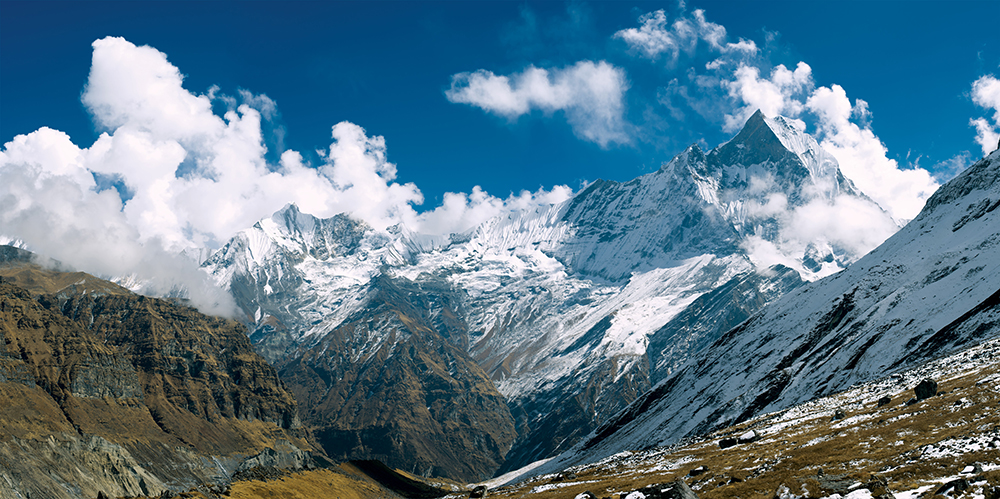Coffee Production in Nepal

Coffee production in Nepal is a relatively new industry that has gained popularity in recent years. The country’s unique geography and climate make it an ideal location for growing high-quality coffee beans. In this article, we will explore the production of coffee in Nepal, including the history, growing regions, and processing methods used.
History of Coffee in Nepal Coffee was first introduced to Nepal in the mid-19th century by Christian missionaries. However, it was not until the 1980s that coffee cultivation started to gain momentum. The first commercial coffee plantation was established in 1984 in the Kavre district of Nepal. Since then, coffee production has been steadily increasing, and Nepal has become known for producing high-quality, organic coffee beans.
Growing Regions Coffee is grown in several regions of Nepal, with the majority of production concentrated in the hilly regions of the country. The most significant coffee growing regions in Nepal are:
Nuwakot: This region is located in the central part of Nepal and is known for producing high-quality Arabica coffee beans. The coffee grown here is known for its fruity flavor and mild acidity.
Kavre: This region is located in the eastern part of Nepal and was the first region to cultivate coffee commercially. The coffee grown here is known for its complex flavors and aroma, with a slightly floral and fruity taste.
Lalitpur: This region is located in the southwestern part of Nepal and is known for producing organic coffee beans. The coffee grown here has a full-bodied flavor and a smooth finish.
Lamjung: This region is located in the central part of Nepal and is known for producing high-altitude Arabica coffee beans. The coffee grown here is known for its sweet, fruity flavor with a hint of chocolate.
Process of Making Coffee
Processing Methods Coffee processing in Nepal is done using traditional methods that have been passed down through generations.
The most common processing methods used in Nepal are:
Wet Processing
Wet processing involves removing the outer layers of the coffee cherry using water. The beans are then fermented to remove the mucilage layer, washed, and dried. This method produces a coffee that is clean and bright in flavor.


Dry Processing
Dry processing involves drying the coffee cherries in the sun for several days until the outer layers of the fruit are dry and can be easily removed. The beans are then washed and dried again. This method produces a coffee that is full-bodied and has a rich flavor.
Honey Processing
Honey processing involves removing the outer layers of the coffee cherry, leaving some of the fruit on the bean. The beans are then dried, leaving a sticky residue on the surface. This method produces a coffee that is sweet and fruity in flavor.

Despite the growing popularity of coffee in Nepal, the industry faces several challenges. One of the biggest challenges is the lack of infrastructure and resources needed for coffee production, including proper equipment and processing facilities. The industry is also heavily reliant on manual labor, which can be difficult to source and expensive. Additionally, the industry faces competition from other countries that have established coffee industries, such as Brazil, Colombia, and Ethiopia.
Coffee production in Nepal is a growing industry that has gained popularity in recent years. The country’s unique geography and climate make it an ideal location for growing high-quality coffee beans. The industry faces several challenges, including a lack of infrastructure and resources, but with proper support and investment, the industry has the potential to grow and become a significant contributor to Nepal’s economy. The coffee produced in Nepal is known for its unique flavors and high quality, and it has the potential to become a sought-after commodity on the global market.





